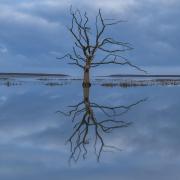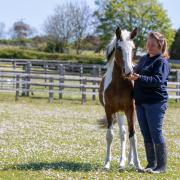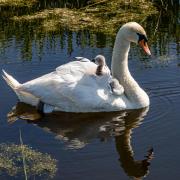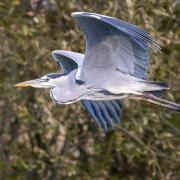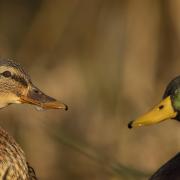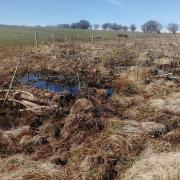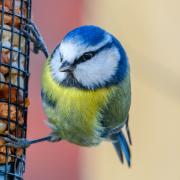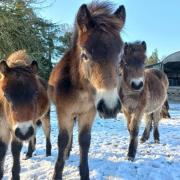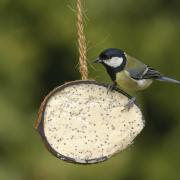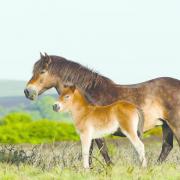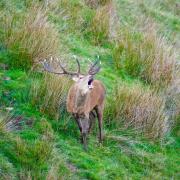BETH JERRETT, Somerset Wildlife Trust’s PR and Communications Manager, celebrates the organisation’s golden jubilee

This month Somerset Wildlife Trust celebrates 50 golden years of nature conservation. The Trust was formed in February 1964 under the name of The Somerset Trust for Nature Conservation, with 15 people at the inaugural meeting who each provided a £1 note as the initial capital.

From 15 enthusiasts to a current membership of more than 20,000, and from £15 to an annual turnover of more than £2million, a lot has happened in the past 50 years.
The 1960s was a decade in which many wildlife trusts were coming into existence across the UK. They were built upon the Society for the Promotion of Nature Reserves that was established by the banker and expert naturalist, Charles Rothschild in 1912. Rothschild’s vision was to identify and protect the best places for wildlife – a radical idea at a time when conservation work in the UK was largely concerned with protecting species from persecution or over-collecting.
Somerset Wildlife Trust began its mission to identify and protect the best sites locally with the acquisition of seven hectares at Westhay Moor on the Avalon Marshes in 1966. Westhay Moor National Nature Reserve now encompasses 106 hectares (approximately 106 football pitches) of lakes, reed beds and fen habitats and welcomes thousands of visitors every year. It is part of a mosaic of wetlands being managed for conservation and the Avalon Marshes is home to one of Somerset’s greatest conservation success stories - the return of bittern (a kind of heron) to these beautiful wetlands.
On the Polden Hills in South Somerset a network of nature reserves has seen the large blue butterfly brought back from extinction. A partnership re-introduction project, coupled with grazing on the steep, grassland slopes successfully returned this beautiful insect to the county, with a stronghold at the Trust’s Green Down Nature Reserve.
The Trust was founded by, and continues to receive great support from, volunteers who give generously of their time, experience and expertise. The trust’s first chairman was Dr Ernest Neal, head of biology at Taunton School. Dr Neal had not only the authority needed to get support for the new organisation but a wide range of contacts: Sir David Attenborough was amongst the speakers at the first AGM and The Earl Waldegrave agreed to be the trust’s patron.
Dr Neal stood down as chairman in 1977 and was succeeded by Dr Chris Smith, a commercial research botanist. Dr Smith ran the trust without a director or chief executive until 1988. His contribution was immense and by the time he retired as chairman the trust had 61 nature reserves, more than 5,000 members and a permanent staff of 15.
In just four years from 1985 to 1989 the trust acquired no less than 15 new nature reserves. By 1988 the trust was far too big to be run by an unpaid chairman and Roger Martin, a former diplomat and political speechwriter, was appointed as its first director.
More than 800,000 members, without whom vital conservation work on land and at sea would not happen, now support the UK’s 47 wildlife trusts. From the original premise of identifying important habitats for protection, The wildlife trusts in the UK have grown their reach. In Somerset the trust leads four Living Landscape programmes, working to protect wildlife outside of nature reserves. In the Brue Valley and Mendip Hills the trust works extensively with farmers, landowners and partner organisations to restore and reconnect important wildlife habitats. Newer programmes in Selwood, and a community led Taunton initiative, are also underway.
With its campaigning and education work the trust seeks to influence the way decision makers think and act, putting wildlife at the heart of the agenda, and ensuring children enjoy those wildlife experiences that can shape a lifetime of environmental awareness.
Never far from its founding ideals though, in 2014, Somerset Wildlife Trust safeguards some of the county’s most precious woodland, meadows, grasslands and wetlands with more than 1,000 hectares open for local people to enjoy.



